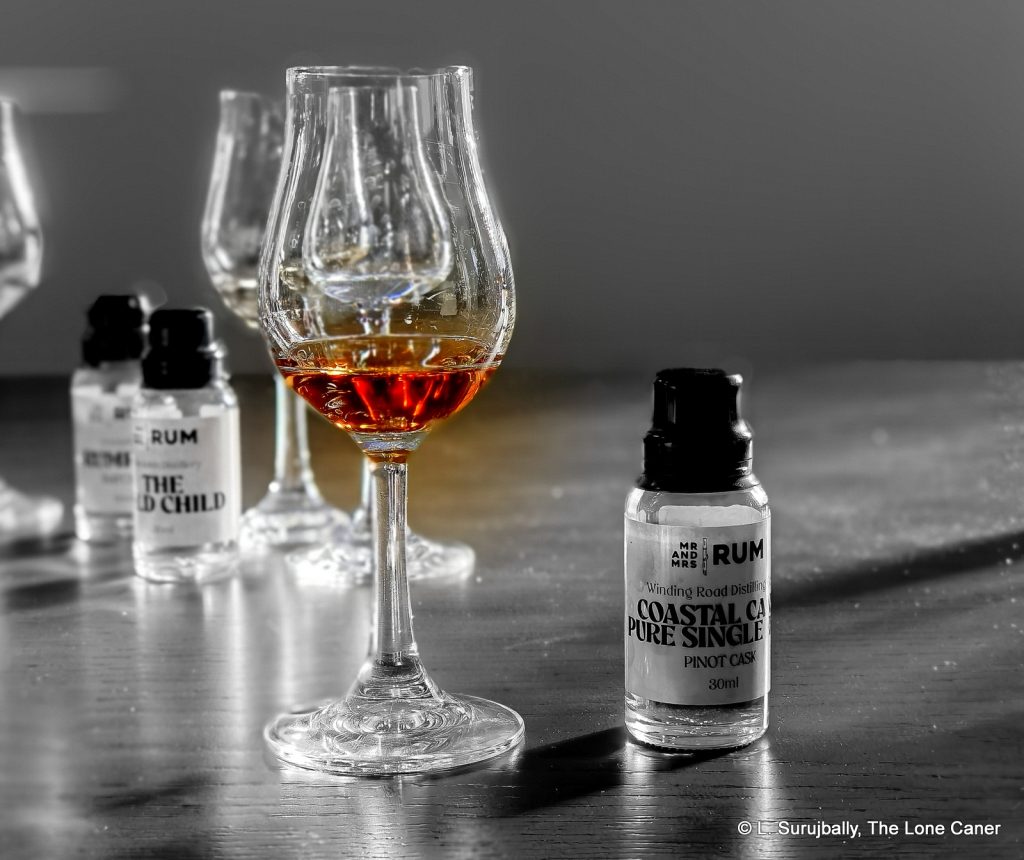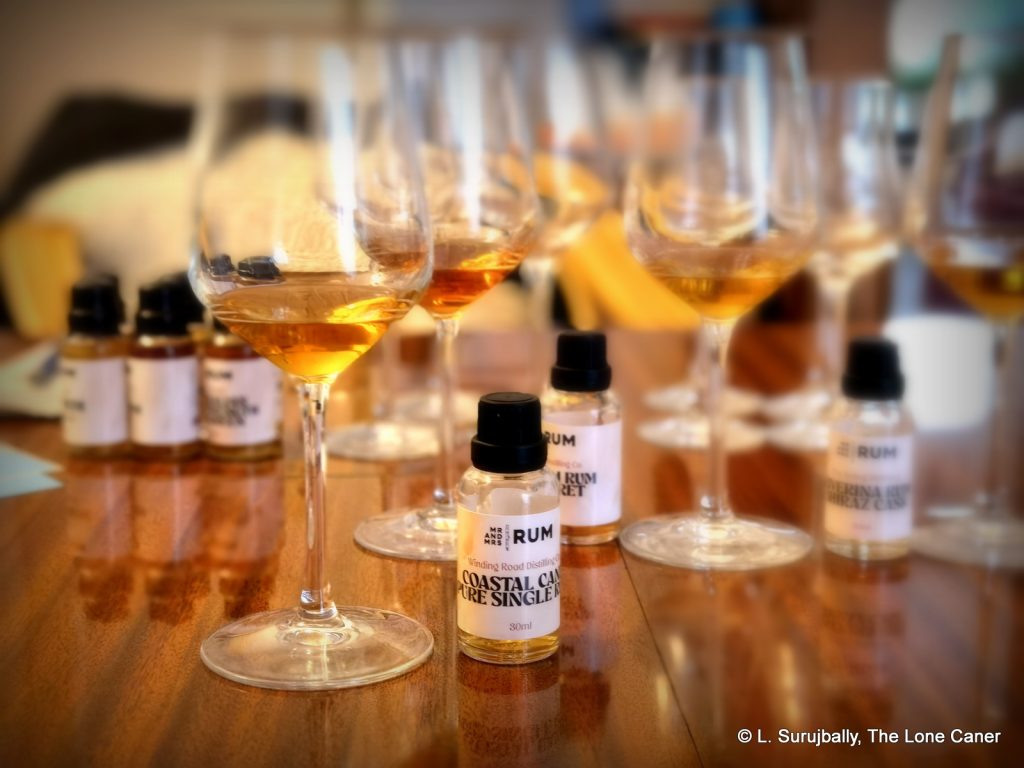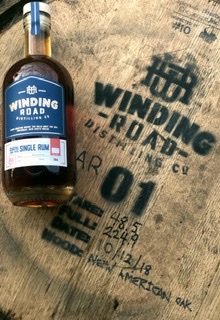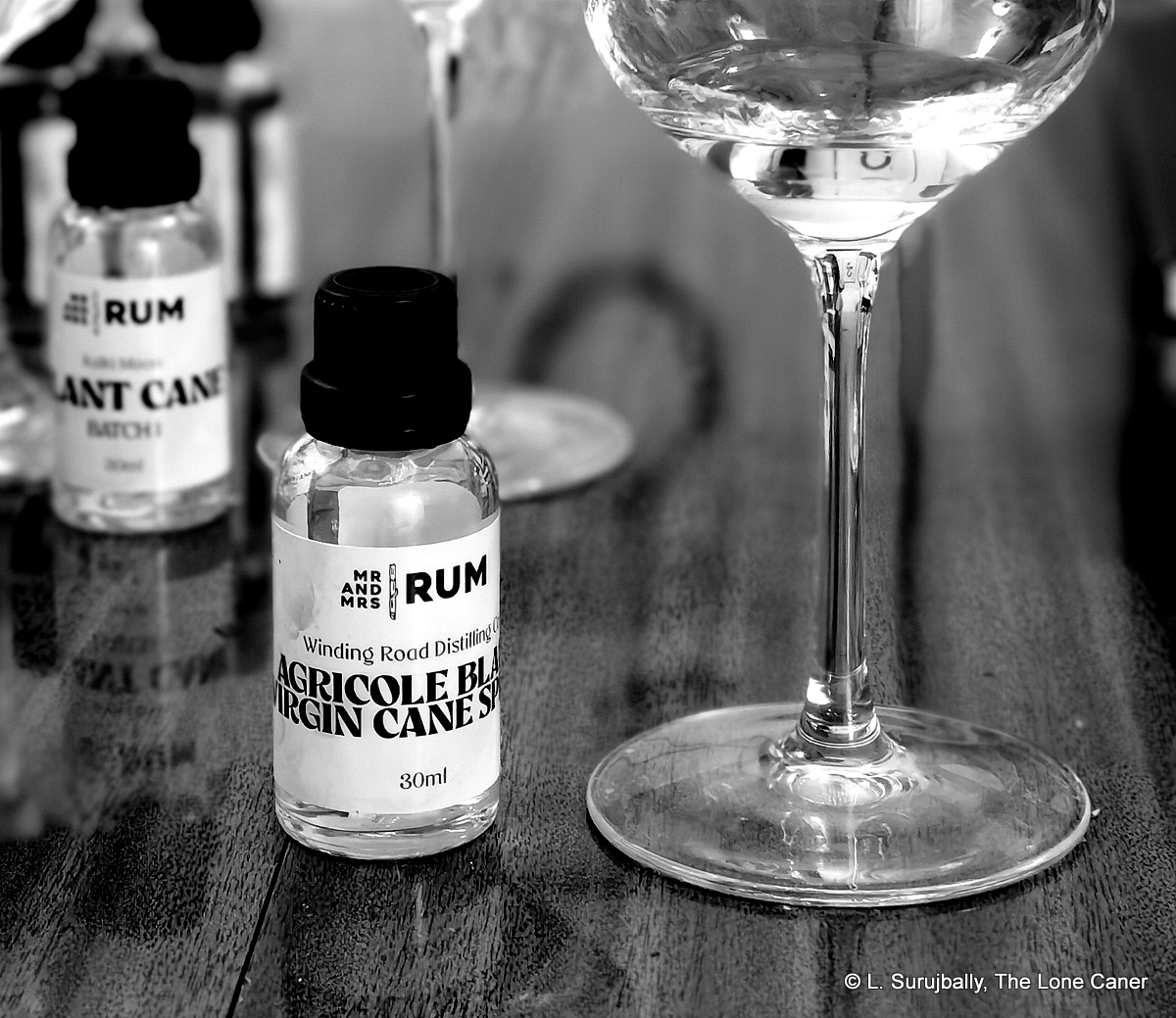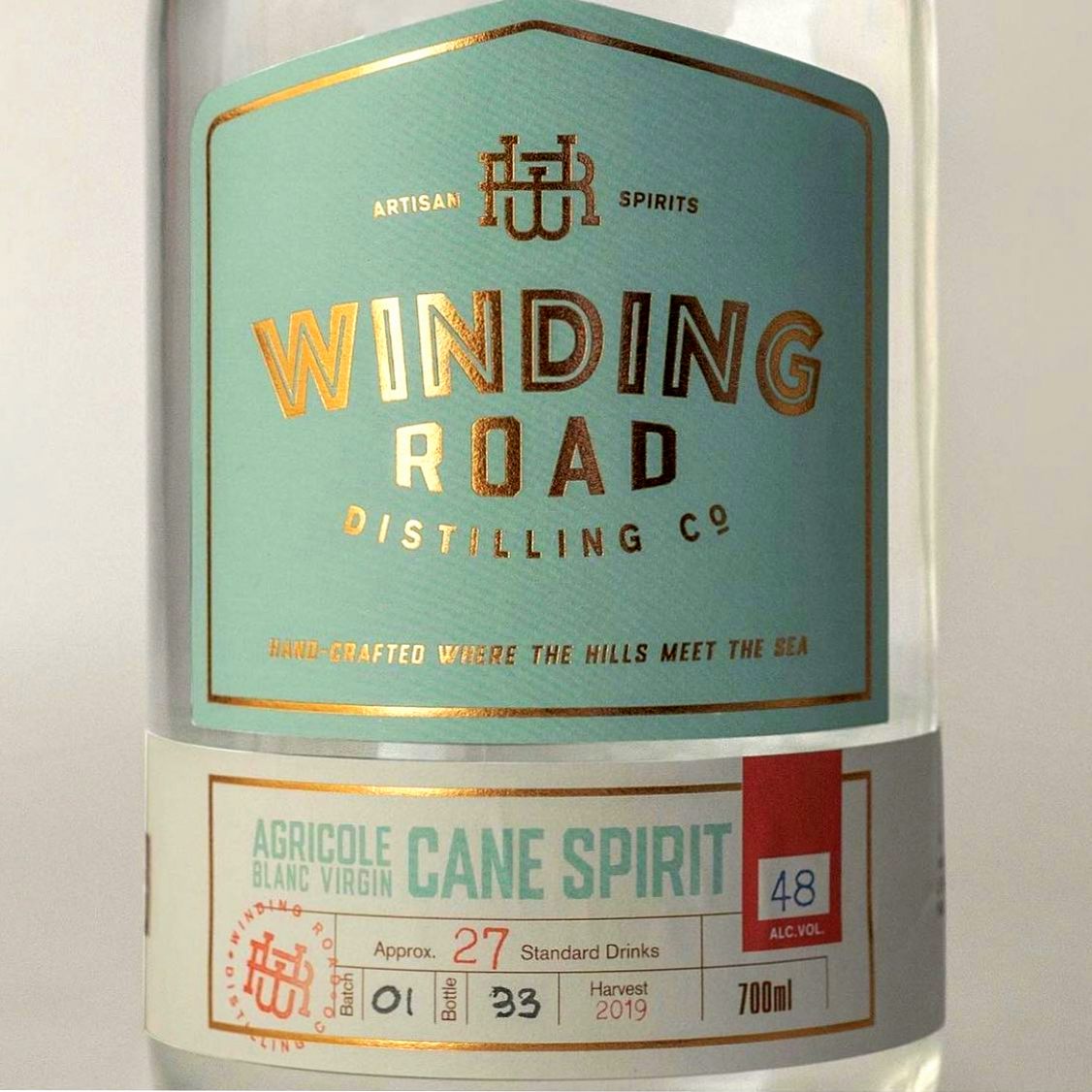It is no accident that Winding Road Distillery makes its third appearance in the 2023 Australian Rum Advent Calendar issued by Mr. & Mrs Rum, and is included in the upcoming 2024 edition as well. The rums which Mark and Camille Awad make in their little distillery (just south of Brisbane in New South Wales) are, and have always been, in my opinion, just excellent – and that’s whether we’re discussing an unaged white rum, the first release of the two year old Pure Single Rum, or this one.
There is a small biography of the company which will provide some historical background of the distillery for those who are interested, but for now, let’s keep things brief and talk about the production stats.
Winding Road has stayed consistent with using first press cane juice, which they get from a small mill in the Northern Rivers area, and allow wild yeast to start the fermentation process naturally – however, additional strains of yeast are then added to produce more complex ester profiles, and although no specific information regarding fermentation time is provided, there is no indication that the previous length of 3-4 days is not also being done here. The wash then gets run through “Short Round”, their 1250-litre pot still, and laid to rest (in this case) wine barrels from Tasmania which once held Pinot, for something over four years.
What makes its way into the bottles, then, is a 58.5% ABV, aged, agricole-style rum, though they are careful never to use that term (correctly, in my view). And it is, in the very first word of my notes, lovely. The nose is redolent of honey and light acetones, nail varnish and the smell of newly made leather furniture with the polish still evident. The aromas develop into salted caramel ice cream with notes of vanilla, cinnamon, ripe red grapes and a touch of stewed apples, but rather than stopping there, it coughs up a few final hints of chicken soup, a maggi cube, and maybe a last celery stick thrown in for good measure.
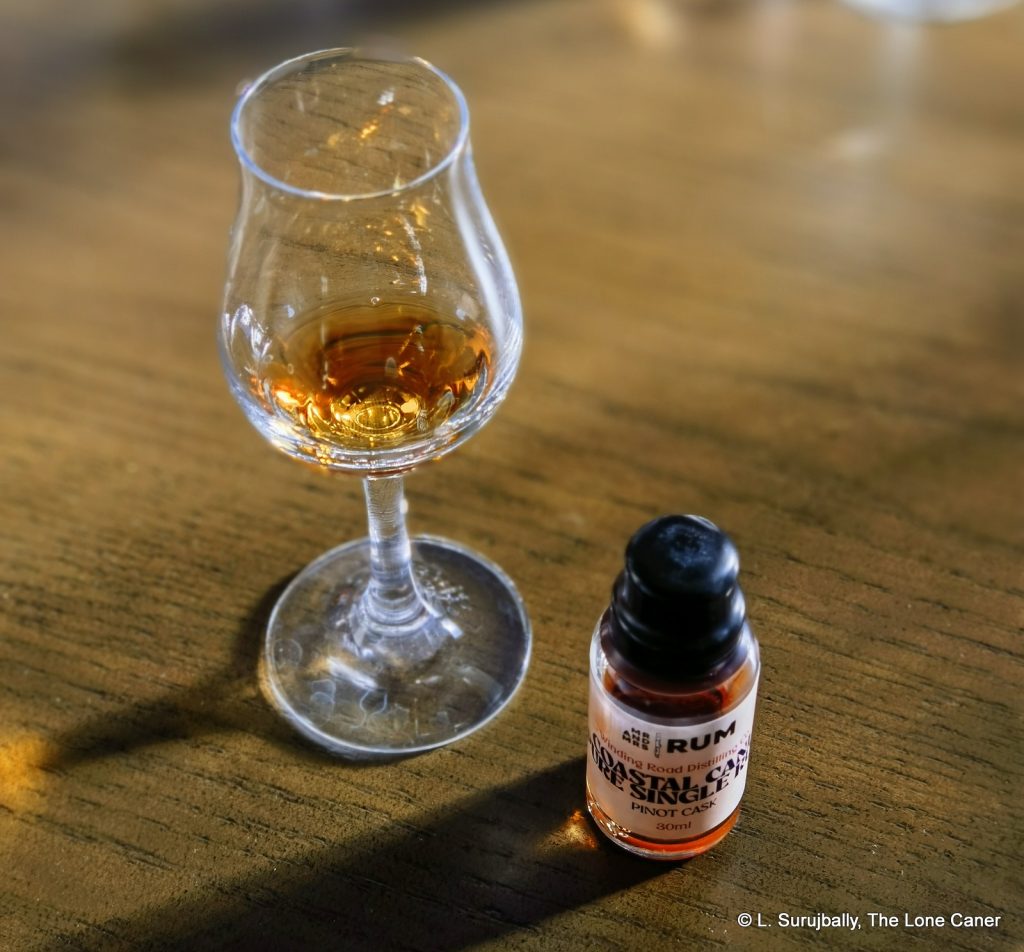 Much of what we sense on the nose is also present when tasted – little of it disappears. There’s the ice cream again, toffee, caramel, salt, vanilla, all present and accounted for. Fruits take on more prominence here, mostly fleshy fruit like soft ripe mangoes and peaches, but we also get black cherries, cranberries, some kiwi fruits and a strong sense of a cinnamon dusted pumpkin latte (go figure). The hint of soup I note above is pretty much gone by the end, unfortunately, but it’s not missed – what we have is more than good enough. The finish sums things up with wine, cherries, light fruits and spices, and lasts a nice long time – it’s a fitting close to the experience, quite pleasant, without introducing any additional notes for our consideration.
Much of what we sense on the nose is also present when tasted – little of it disappears. There’s the ice cream again, toffee, caramel, salt, vanilla, all present and accounted for. Fruits take on more prominence here, mostly fleshy fruit like soft ripe mangoes and peaches, but we also get black cherries, cranberries, some kiwi fruits and a strong sense of a cinnamon dusted pumpkin latte (go figure). The hint of soup I note above is pretty much gone by the end, unfortunately, but it’s not missed – what we have is more than good enough. The finish sums things up with wine, cherries, light fruits and spices, and lasts a nice long time – it’s a fitting close to the experience, quite pleasant, without introducing any additional notes for our consideration.
Overall, when I look at the companies whose rums have featured more than once in the three advent calendars, the Winding Road’s Coastal Cane 4YO exemplifies a trend I’ve observed across the entire line – Australian rums are improving year on year. I can’t say definitively if it’s because of additional years of ageing of the matured rums, more experience producing unaged whites, the playful experimentation that characterises so many of these new distilleries. I’m just seeing that the bar is being raised, company by company, year by year, rum by rum.
Sure there are missteps, stumbles, some weak entries – it would be astounding if there weren’t. But in my opinion, speaking about this one rum within the context of all these products we have slowly become familiar with from way down under, is that it’s bloody good. The aromas are enticing and meld well, and the palate is complex and inviting and strong enough to make itself felt, and the whole thing just clicks. I think that Winding Road’s emphasis on making cane juice rums and always going a little further down the rabbit hole has paid dividends, and while at the time of writing the Coastal Cane “Pinot” is not yet released to the market, I can assure you that when it does, it’s well worth picking up.
(#1099)(86/100) ⭐⭐⭐⭐
Other notes
- Video Recap is here.
- From Day 22 of the 2023 Australian Advent Calendar
